Introduction
India has gained massive success in international cricket over the recent years. The very reason is their advancement in domestic cricket. The quality they presently possess is a massive reason why Indian cricket has developed. Main credits should go to the Board of Control for Cricket in India (BCCI), they have worked very hard to increase the competitive levels in the domestic format. The game has seen some of the brightest young talents make their name on the international stage.
This work has made India one of the best cricket-playing nations. The Duleep Trophy is one of the oldest tournaments in India. It is one of the most prestigious first-class cricket tournaments. The tournament has been an integral part of India’s domestic cricket scene along with the Ranji, and Vijay Hazare Trophy. It is a zonal tournament that comes under the first-class list of matches.
History of the Duleep Trophy
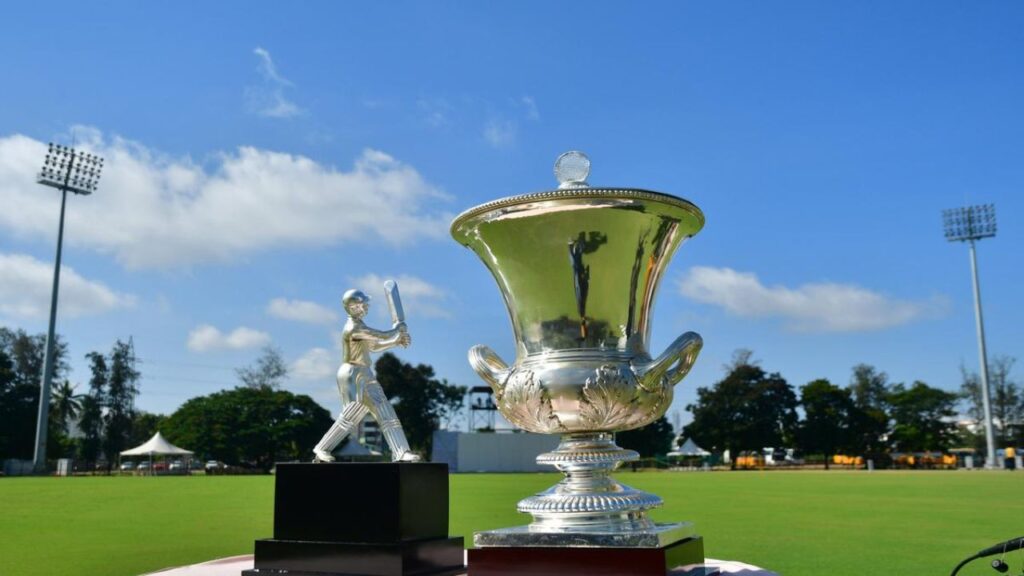
BCCI introduced Duleep Trophy back in the 1961–62 season. Previously the tournament was played between the different geographical zones of India namely, North, South, East, West, and Central. The tournament was named after Duleepsinhji, a legendary cricketer from India who played for England in the 1930s. He was known for his elegant batting and was considered one of the finest cricketers of his time.
West Zone as they defeated South Zone by 10 wickets in the debut season of the competition. The original format of four of the five teams except Central Zone included a West Indies Test cricket team as a part of the teams. However, the previous format suggested that the five teams play each other on a knockout basis. Later on in the 1993–94 season, the competition was changed to a league format before moving back to the knockout format for four seasons.
Duleep Trophy Format and Rules
The Duleep trophy format changed many times starting from the 1993-94 season. It went on to change after four seasons again. In the 2000-01 season returned to a league format for three seasons. However, the zonal teams were replaced in the very next year with five teams representing their various Ranji Trophy groups.
This lasted one season and then in the next year, five traditional zonal teams participated alongside a sixth guest team, which was a touring foreign team. Later on in the 2009-10 season, the visiting team was dropped off. The original five-team knockout competition was used until the 2014-15 season.
After being discontinued for one season the tournament returned to in 2016–17 with a new format. BCCI chose three teams, with red, green, and blue for participation. The teams competed in a round-robin tournament and the top two teams qualified for the final of the tournament.
The zonal format was again re-started in the 2022/23 season. The original five teams played along with a new North East Zone. BCCI has decided to drop off with the six-team zonal format and zonal selections this time. Instead, four teams, namely India A, India B, India C, and India D will feature in the tournament this time.
Zonal Teams and Participation
The teams competing in the tournament are divided into geographical zones. The zonal team consists of players from the Ranji Trophy teams from that region. The zones are:
| Central Zone | North Zone | South Zone | East Zone | West Zone | North East Zone |
| Chhattisgarh | Chandigarh | Andhra Pradesh | Assam | Baroda | Arunachal Pradesh |
| Madhya Pradesh | Delhi | Goa | Bihar | Gujarat | Manipur |
| Railways | Haryana | Hyderabad | Bengal | Maharashtra | Meghalaya |
| Rajasthan | Himachal Pradesh | Karnataka | Jharkhand | Mumbai | Mizoram |
| Uttarakhand | Jammu & Kashmir | Kerala | Odisha | Saurashtra | Nagaland |
| Uttar Pradesh | Punjab | Pondicherry | Tripura | – | Sikkim |
| Vidarbha | Services | Tamil Nadu | – | – | – |
Duleep Trophy Winners List
| Season | Winners | Runner-ups | Result | Final venue |
| 1961–62 | West Zone | South Zone | West Zone won by 10 wickets | Brabourne Stadium, Bombay |
| 1962–63 | West Zone | South Zone | West Zone won by an Innings and 20 runs | Eden Gardens, Calcutta |
| 1963–64 | West Zone & South Zone (shared) | Draw | NA | Feroz Shah Kotla, Delhi |
| 1964–65 | West Zone | Central Zone | West Zone won by an innings and 89 runs | Brabourne Stadium, Bombay |
| 1965–66 | South Zone | Central Zone | South Zone won by an innings and 20 runs | MA Chidambaram Stadium, Madras |
| 1966–67 | South Zone | West Zone | Draw, South Zone won by first innings lead | Brabourne Stadium, Bombay |
| 1967–68 | South Zone | West Zone | Draw, South Zone won by first innings lead | Brabourne Stadium, Bombay |
| 1968–69 | West Zone | South Zone | Draw, West Zone won by first innings lead | Lal Bahadur Shastri Stadium, Hyderabad |
| 1969–70 | West Zone | North Zone | West Zone won by an innings and 81 runs | Sardar Vallabhbhai Patel Stadium, Ahmedabad |
| 1970–71 | South Zone | East Zone | South Zone won by 10 wickets | Brabourne Stadium, Bombay |
| 1971–72 | Central Zone | West Zone | Central Zone by 2 wickets | Central College Ground, Bangalore |
| 1972–73 | West Zone | Central Zone | West Zone won by an innings and 172 runs | Brabourne Stadium, Bombay |
| 1973–74 | North Zone | Central Zone | North Zone won by 76 runs | Brabourne Stadium, Bombay |
| 1974–75 | South Zone | West Zone | South Zone won by 9 wickets | Lal Bahadur Shastri Stadium, Hyderabad |
| 1975–76 | South Zone | North Zone | South Zone won by 37 runs | MA Chidambaram Stadium, Madras |
| 1976–77 | West Zone | North Zone | West Zone won by 9 wickets | Moti Bagh Stadium, Baroda |
| 1977–78 | West Zone | North Zone | Draw, West Zone won by first innings lead | Wankhede Stadium, Bombay |
| 1978–79 | North Zone | West Zone | Draw, North Zone won by first innings lead | Feroz Shah Kotla, Delhi |
| 1979–80 | North Zone | West Zone | North Zone won by 104 runs | Wankhede Stadium, Bombay |
| 1980–81 | West Zone | East Zone | Draw, West Zone won by first innings lead | Eden Gardens, Calcutta |
| 1981–82 | West Zone | East Zone | Draw, West Zone won by first innings lead | Brabourne Stadium, Bombay |
| 1982–83 | North Zone | South Zone | North Zone won by 8 wickets | Wankhede Stadium, Bombay |
| 1983–84 | North Zone | West Zone | Draw, North Zone won by first innings lead | Barabati Stadium, Cuttack |
| 1984–85 | South Zone | North Zone | South Zone won by 73 runs | Feroz Shah Kotla, Delhi |
| 1985–86 | West Zone | South Zone | West Zone by 9 wickets | M.Chinnaswamy Stadium, Bangalore |
| 1986–87 | South Zone | West Zone | Draw, South Zone won by first innings lead | Wankhede Stadium, Bombay |
| 1987–88 | North Zone | West Zone | Draw, North Zone won by first innings lead | Jayanti Stadium, Bhilai |
| 1988–89 | North Zone & West Zone (shared) | Draw | Feroz Shah Kotla, Delhi | |
| 1989–90 | South Zone | Central Zone | South Zone won by 322 runs | Gymkhana Ground, Secunderabad |
| 1990–91 | North Zone | West Zone | Draw, North Zone won by first innings lead | Keenan Stadium, Jamshedpur |
| 1991–92 | North Zone | West Zone | North Zone won by 236 runs | Sardar Vallabhbhai Patel Stadium, Valsad |
| 1992–93 | North Zone | Central Zone | Draw, North Zone won by first innings lead | Lal Bahadur Shastri Stadium, Hyderabad |
| 1993–94 | North Zone | West Zone | Round Robin | NA |
| 1994–95 | North Zone | South Zone | Round Robin | NA |
| 1995–96 | South Zone | Central Zone | Round Robin | NA |
| 1996–97 | Central Zone | South Zone | Central Zone won by 161 runs | Punjab Cricket Association Stadium, Mohali |
| 1997–98 | Central Zone & West Zone (shared) | Draw | NA | MA Chidambaram Stadium, Chennai |
| 1998–99 | Central Zone | West Zone | Central Zone won by 122 runs | N2 Stadium, Aurangabad |
| 1999–2000 | North Zone | West Zone | Draw, North Zone won by first innings lead | Eden Gardens, Kolkata |
| 2000–01 | North Zone | Central Zone | Round Robin | NA |
| 2001–02 | West Zone | North Zone | Round Robin | NA |
| 2002–03 | Elite C | Plate Group B | Round Robin | NA |
| 2003–04 | North Zone | East Zone | North Zone won by 59 runs | Punjab Cricket Association Stadium, Mohali |
| 2004–05 | Central Zone | North Zone | Central Zone won by nine wickets | Vidarbha Cricket Association Stadium, Nagpur |
| 2005–06 | West Zone | East Zone | West Zone won by five wickets | Sardar Patel Stadium, Ahmedabad |
| 2006–07 | North Zone | Sri Lanka A | North Zone won by eight wickets | Eden Gardens, Kolkata |
| 2007–08 | North Zone | West Zone | North Zone won by six wickets | Wankhede Stadium, Mumbai |
| 2008–09 | West Zone | South Zone | West Zone won by 274 runs | MA Chidambaram Stadium, Chennai |
| 2009–10 | West Zone | South Zone | West Zone won by three wickets | Lal Bahadur Shastri Stadium, Hyderabad |
| 2010–11 | South Zone | North Zone | South Zone won by seven wickets | ACA-VDCA Stadium, Visakhapatnam |
| 2011–12 | East Zone | Central Zone | East Zone won by an innings and 20 runs | Holkar Cricket Stadium, Indore |
| 2012–13 | East Zone | Central Zone | Draw, East Zone won by first innings lead | M. A. Chidambaram Stadium, Chennai |
| 2013–14 | North Zone & South Zone (shared) | Draw | NA | Jawaharlal Nehru Stadium, Kochi |
| 2014–15 | Central Zone | South Zone | Central Zone won by 9 runs | Feroz Shah Kotla Ground, Delhi |
| 2016–17 | India Blue | India Red | India Blue won by 355 runs | Greater Noida Sports Complex Ground, Greater Noida |
| 2017–18 | India Red | India Blue | India Red won by 163 runs | Lucknow International Cricket Stadium, Lucknow |
| 2018–19 | India Blue | India Red | India Blue won by an innings and 187 runs | NPR College Ground, Dindigul |
| 2019–20 | India Red | India Green | India Red won by an innings and 38 runs | M. Chinnaswamy Stadium, Bangalore |
| 2022-23 | West Zone | South Zone | West Zone won by 294 runs | SNR College Cricket Ground, Coimbatore |
| 2023-24 | South Zone | West Zone | South Zone won by 75 runs | M. Chinnaswamy Stadium, Bangalore |
Duleep Trophy Schedule
The 2024/25 edition of the Duleep Trophy will set its mark in early September. The Duleep Trophy yet again changed the structure and overall system. The Duleep Trophy, which was usually played in a zonal style throughout six zones of the country, provided an opportunity for India’s red-ball players to showcase their talent.
It will be a preparatory camp for the forthcoming India’s home Test series and the tour to Australia later this year. The tournament will run from September 5 to September 22 in three rounds. Here’s the full schedule for the Duleep Trophy 2024/25 season.
Duleep Trophy 2024-25: Full Schedule
5 September 2024
1st Match- India A vs India B in Bengaluru, 9:30 AM (IST)
2nd Match- India C vs India D in Anantapur, 9:30 AM (IST)
12 September 2024
3rd Match- India A vs India D in Anatapur,t 9:30 AM (IST)
4th Match- India B vs India C in Anantapur, 9:30 AM (IST)
19 September 2024
5th Match- India B vs India D in Anantapur, 9:30 AM (IST)
6th Match- India A vs India C in Anantapur, 9:30 AM (IST)
Key Players and Performances
5. Kapil Dev
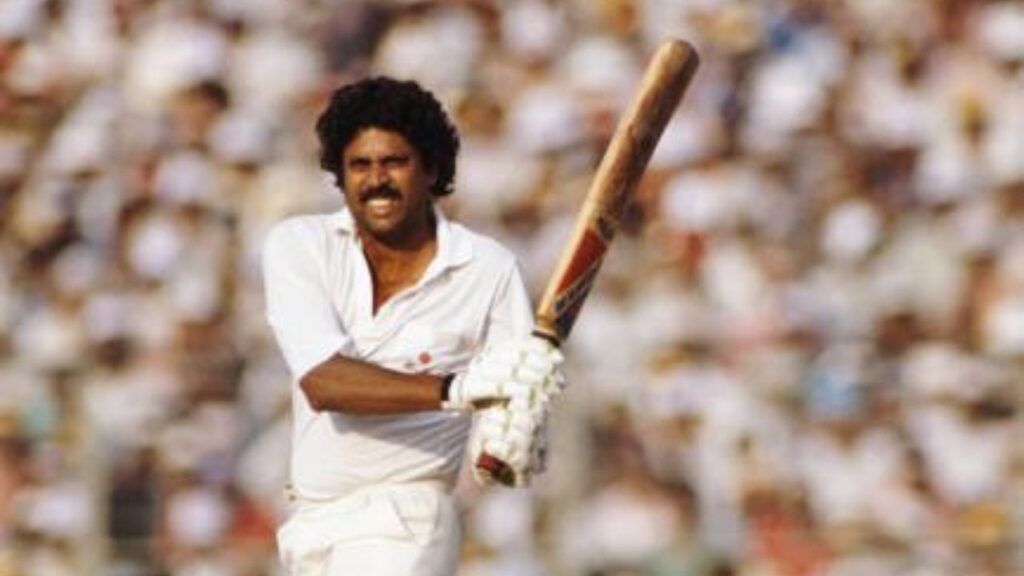
Kapil Dev has been one of the finest all-rounders for India. The former Indian captain also has impressive records in the Duleep Trophy. He represented North Zone and scored 630 runs in 16 matches at an average of 45.00. This includes one century and four fifties. He also took 50 wickets at an average of 20.94.
4. Erapalli Prasanna
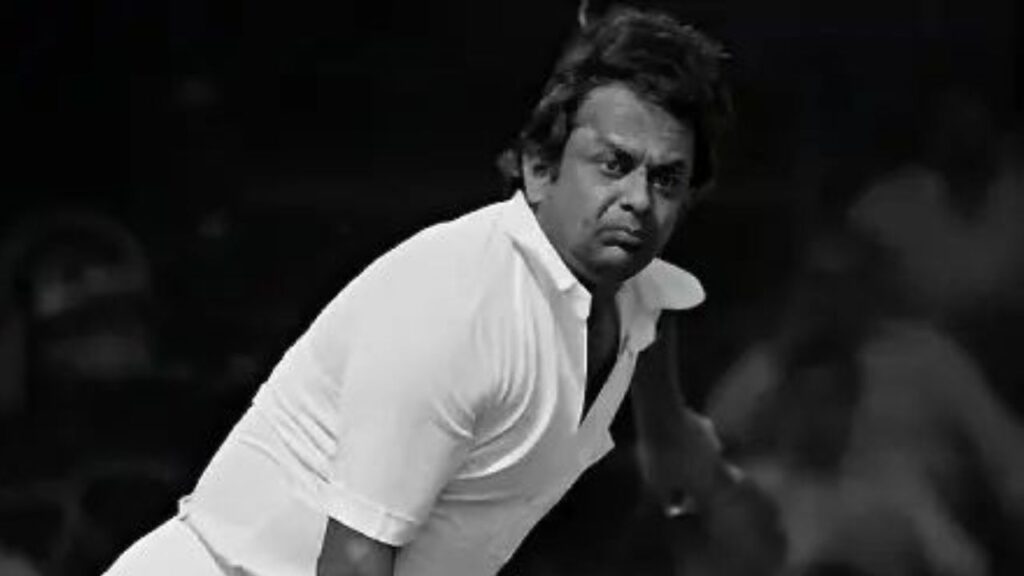
Erapalli Prasanna is one of the finest spinners in India. He was a key performer for South Zone in the Trophy. He bagged 114 wickets in 26 matches at an average of 24.59, with 5 five-wicket hauls. Prasanna picked 957 wickets in his whole first-class career. It shows his legacy in domestic cricket history.
3. Mohinder Amarnath
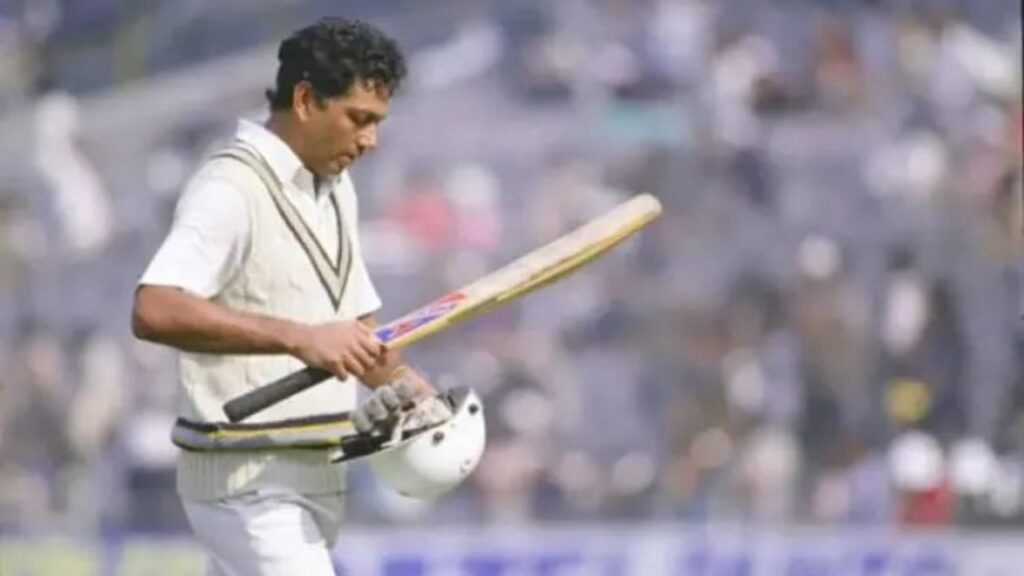
Mohinder Amarnath is another stalwart of Indian cricket. The all-rounder was a key player for North Zone in the Duleep Trophy. He has scored 980 runs in 24 matches at an average of 44.55. Has two centuries and five fifties in one of the oldest cricket tournaments in India.
2. Vijay Hazare
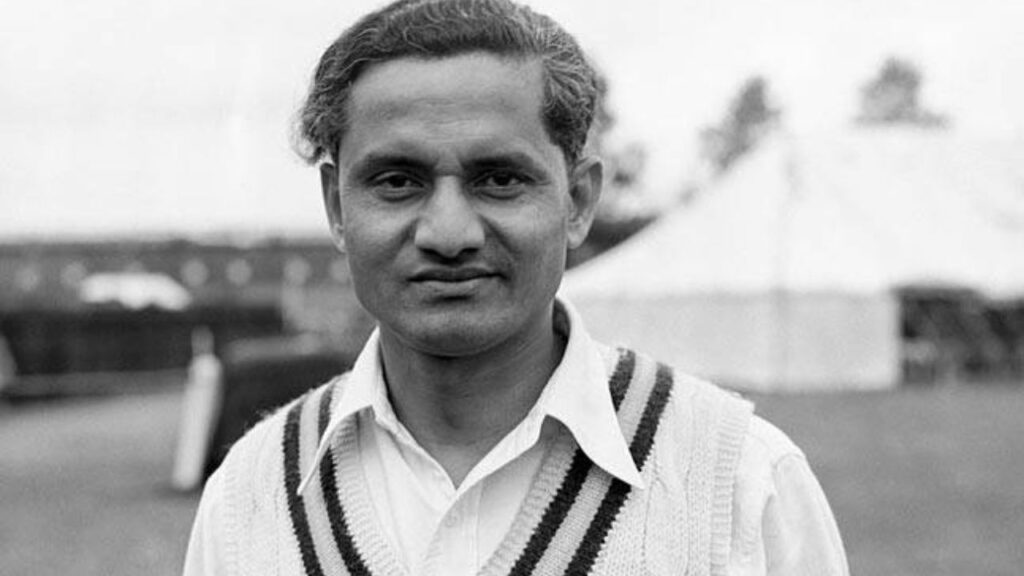
Vijay Hazare is the real stalwart of Indian cricket. Under his name of honour BCCI runs a cricket tournament. Vijay Hazare was a prolific run-scorer in the Duleep Trophy history. The batter scored 1,260 runs in 24 matches at an average of 57.27 This includes four centuries and five fifties.
1. Ravi Shastri
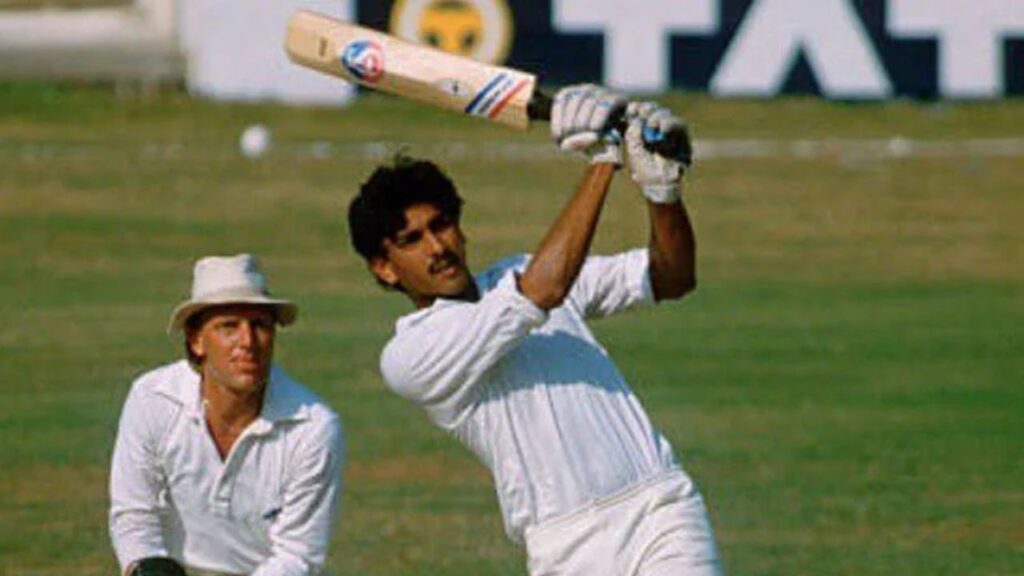
Ravi Shastri is arguably the greatest all-rounder in the Duleep Trophy history. The elegant batter was a key performer for West Zone in the Trophy, scoring 2,819 runs and taking 101 wickets in 46 matches. He was a consistent performer in the domestic circuit and the national team as well.
Evolution of the Duleep Trophy
The domestic cricket tournament over the years has evolved. Despite the regular changes the players and the teams have adjusted to the new formats. BCCI will continue to maintain the tournament’s relevance and competitiveness. It has been a dynamic tournament from just a zonal competition and every player looks to feature in the tournament to nurture their talents before they get a call at the highest levels.
Current Status and Future Prospects
It has given rise to many young Indian cricketers who later on have represented the country. In the forthcoming years also there will be budding talents who would like to showcase their skills to make it to the Indian team. Greater emphasis will be put on using the Duleep Trophy as a source to bring new talent. Bringing in more younger players and exposing them to high-level competition.
Conclusion
Despite facing challenges due to a busy cricketing calendar. The domestic tournament has been working on the development of the cricketers over the years. It will remain as a legacy based tournament for the cricketers before playing for their country.
Also Read: Baseball World Series 2024: Pitching or Power?
Also Read: Bajrang, Vinesh, and Sakshi enter politics amid wrestling controversy
Also Read: BCCI announces women’s squad for South Africa series


